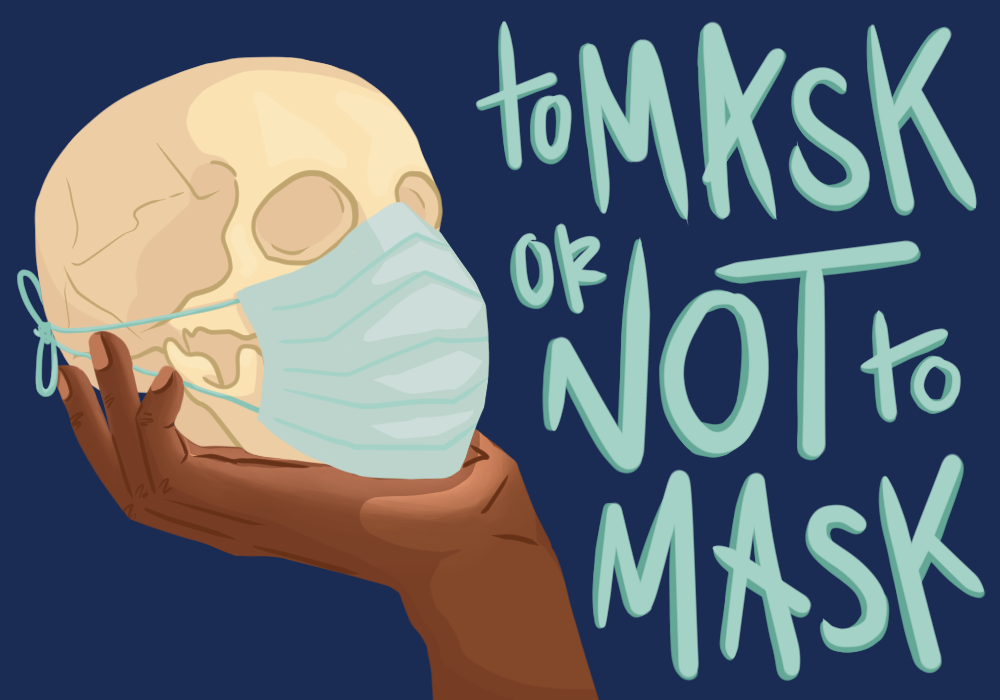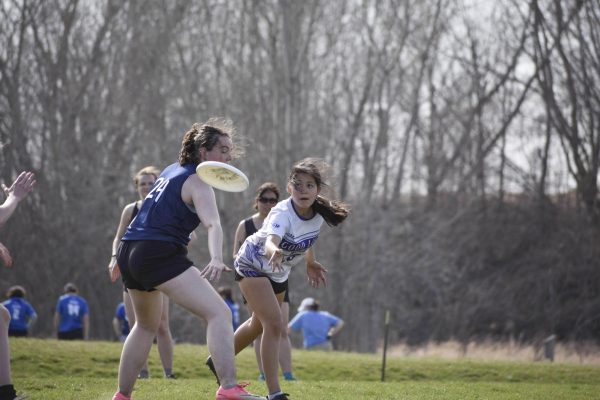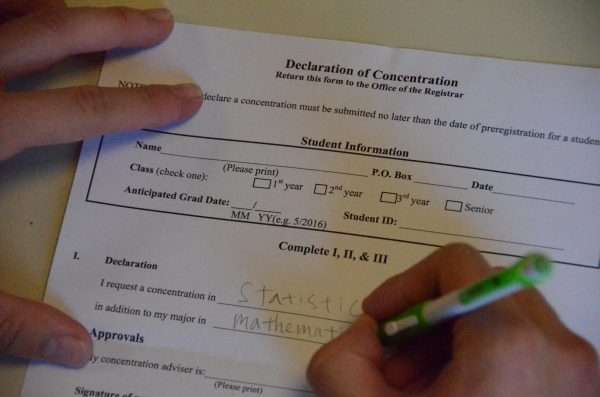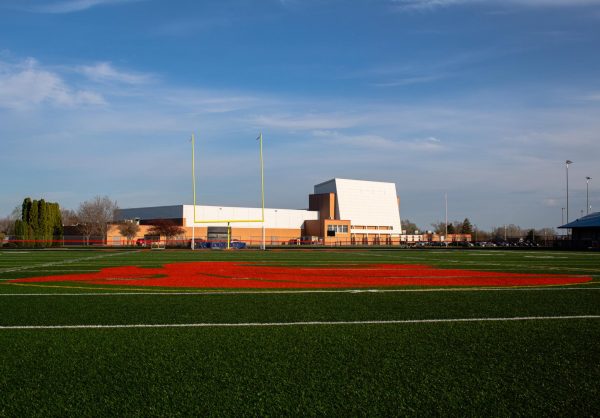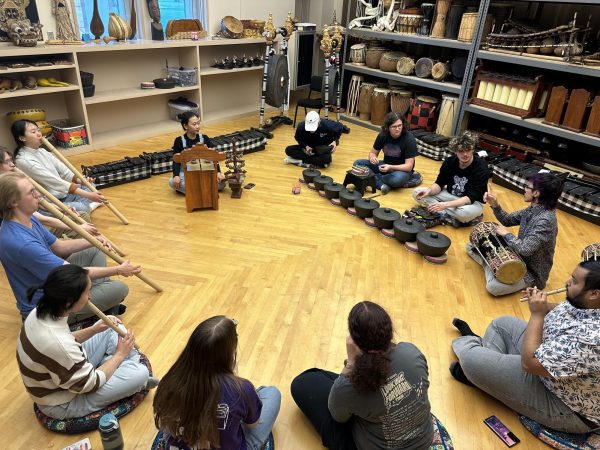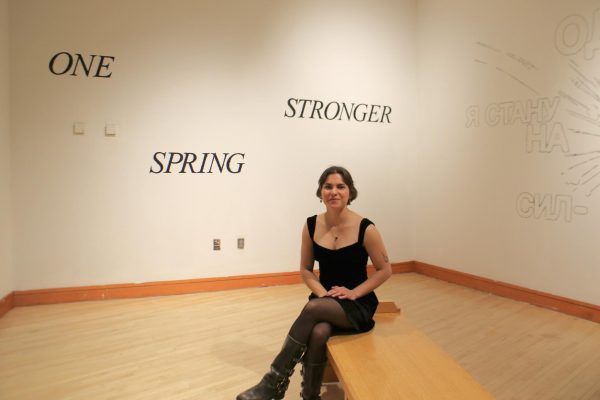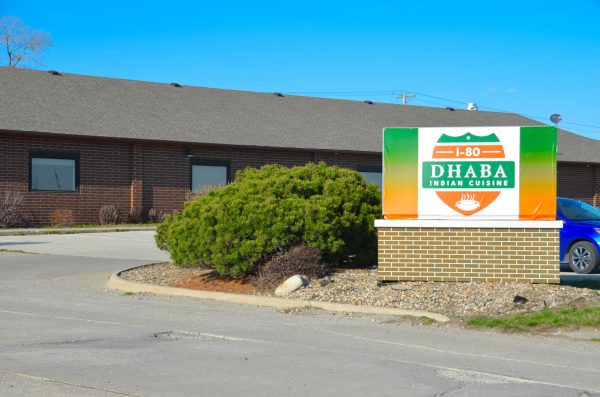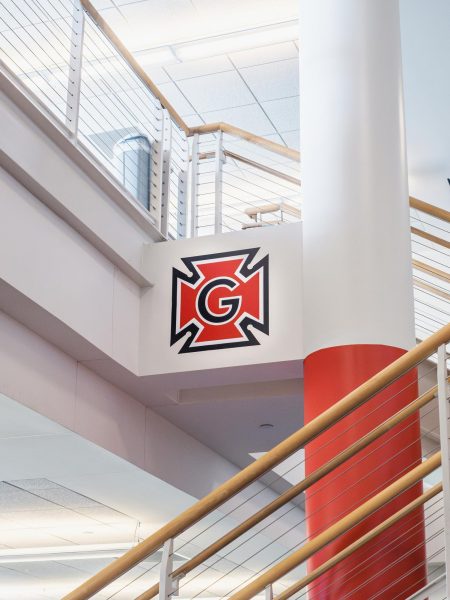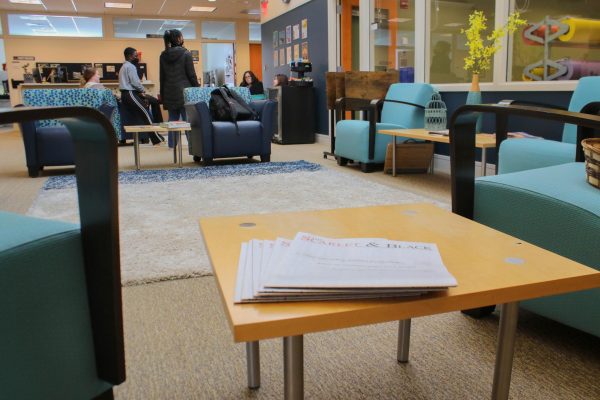Amid COVID spike, College eases pandemic restrictions
September 19, 2022
Students’ return to Grinnell College fueled a county-wide surge in COVID-19 cases during the last week of August, reaching numbers Poweshiek County has not seen since the first Omicron wave in Jan. 2022.
However, despite over 115 cases being reported by Grinnell College students since Aug. 8, the College has ended its mask mandate, reduced rapid testing availability, shrunk isolation requirements, taken down its COVID-19 dashboard and ceased consulting with the University of Iowa team of epidemiologists who had previously guided the College’s COVID-19 response.
One change in procedure, which has drawn particular attention from some students, is the change to the College’s official isolation policy for infected students. As opposed to the 2021-22 academic year, during which students who tested positive for COVID-19 were required to move to campus-owned housing to isolate, infected students this year are instructed to isolate in the same room as their roommates.
Deven Platt `26 has not contracted COVID-19 this year, but his roommate did. Platt, who lives in a double turned into a triple in Rose Hall, said that on Monday, Aug. 29, he received a text message from one of his roommates that another roommate had tested positive for COVID-19 earlier that day. Later that day, Platt said he decided he would be sleeping in the Rose Hall lounge.
From Monday until Saturday, Sept. 3, the day Platt’s roommate left isolation, Platt said he did not go back to his dorm room at all, except once to stash his necessary belongings into a bag, which Platt said he kept in a friend’s dorm.
“I basically put enough stuff for five days in a duffle bag and lived out of that for five days,” Platt said.
Platt’s third roommate, who also remained uninfected, also chose to sleep in a lounge in Rose for that same week, according to Platt. “I didn’t go back in the room until he was not in isolation. I just didn’t feel comfortable doing that.”
Platt, who is 6 feet tall, said sleeping on a small couch proved uncomfortable. Before sleeping, Platt said he would angle a chair next to his feet and sleep diagonally to stay comfortable.
Platt said that after his roommate tested positive, he went to Student Health and Wellness (SHAW) for guidance and asked where he was supposed to live with a positive roommate.
“They said, ‘we can’t really help you with that. Maybe find a buddy?’ and I was just like, ‘I’m living on a floor of forced triples. No one has an extra bed,’” Platt said.
In explaining the College’s new isolation procedures, Heather Cox, Director of Emergency Management and Risk Mitigation at the College, wrote in an email to the S&B that the prior policy of relocating infected students to other rooms during the isolation period caused an often-unnecessary disruption to the students’ lives, “Our experience last year shows that in the majority of cases when one roommate tests positive, the other roommate also tests positive within 24 hours,” Cox also wrote.
Immunocompromised or otherwise high-risk students can access accommodations so that they do not have to isolate with an infected roommate. In general, roommates of infected students are required to take a Test Iowa Polymerase Chain Reaction (PCR) test after notification of exposure, according to Cox.
Platt said he was not instructed by staff at SHAW to take a PCR test, but that this was because he had tested negative two days prior due to an unrelated exposure to the virus. Platt said he decided to take another test out of caution and risk of additional exposure. He received a negative test.
Cases spike upon arrival
Since Aug. 8, the earliest day of student arrival on campus, 115 students reported positive COVID-19 results. According to data from Cox, nearly half of these cases were reported on just three days: Aug. 26, with 19 cases; Aug. 27, with 16 cases; and Aug. 29, with 20 cases.
On the following two days of Aug. 31 and Sept. 1, 11 and 10 positive cases were reported, respectively. Since then, case rates have dropped steadily, with no more than five students reporting positive cases each day. Only two positive cases have been reported since the mask mandate was lifted last Friday. As of Sept. 7, four students remain in isolation.
In an email to the S&B, Cox wrote that the relatively high number of cases within the first two weeks of arrival was anticipated due to the easy transmission of the Omicron variant and student exposure when traveling to the College.
The decision to end the mask mandate was not based on case counts alone, but on case trends, she wrote.
“That, combined with the generally mild cases reported, a highly- vaccinated campus, the availability of vaccines and boosters and the availability of high-quality masks for anyone that seeks to use them gave us confidence that mandatory masking is no longer required for those who are not immunocompromised or with significant risk factors,” Cox wrote.
Cox added that the decision to reverse the temporary mask mandate was not only decided with consultation from members of administration, but also with members of the Student Government Administration (SGA).
Fourth dose approved
According to the Centers for Disease Control and Prevention (CDC), more than 99% of COVID-19 transmission stems from the highly contagious Omicron variant. The BA.5 sub-variant of Omicron, significantly more contagious than prior sub-variants according to Yale Medicine, accounts for 79% of COVID-19 cases in the lower- Midwest region, including Iowa, Kansas, Missouri and Nebraska.
On Wednesday, the Food and Drug Administration (FDA) authorized the release of over 100 million doses of bivalent COVID-19 boosters from Moderna and Pfizer-BioNTech. These shots have specifically targeted the new sub-variants with the addition of messenger RNA from the BA.5 strain into the vaccine formula.
The College no longer requires students, faculty or staff to be vaccinated or boosted against COVID-19. The switch came after Iowa Governor Kim Reynolds signed House File 2298 into law, which prohibits private or public Iowa colleges and universities from mandating COVID-19 vaccination. However, the College still “strongly recommends” COVID-19 vaccination and boosters for students, faculty and staff, according to the College’s website.
The bivalent boosters will be available for all residents ages 12 or older who received their most recent dose at least two months prior. These shots are not yet available in Grinnell-area pharmacies, according to Poweshiek County Public Health (PCPH). Representatives at PCPH did not respond to requests for comment on how quickly doses are expected to arrive.




























































